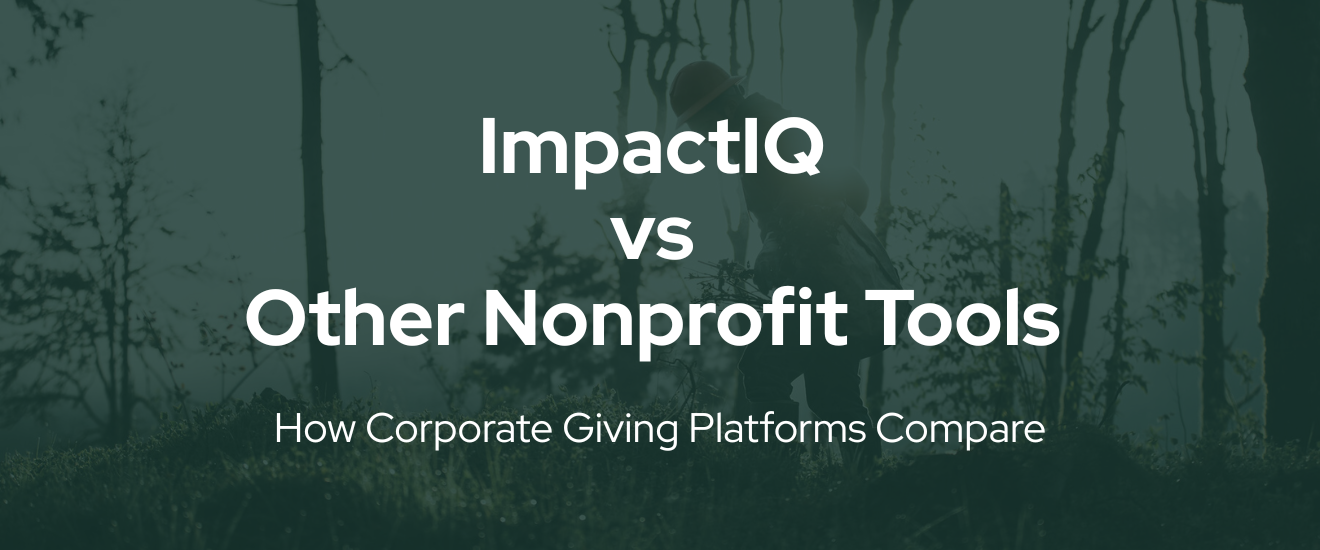Why Reforestation in Florida Is Key to Coastal Resilience and Wildlife Recovery
Learn more about longleaf pine, biodiversity, supporting community resilience, reviving fire-adapted landscapes, and locking away carbon.
Reforesting Florida—especially with longleaf pine—offers a powerful range of benefits beyond just carbon capture.
It bolsters coastal resilience, enhances biodiversity, supports local communities, and builds a platform for climate adaptation. Here’s a deep dive into why restoring Florida’s forests matters now more than ever.
Restoring a Once-Extensive Ecosystem
Longleaf pine ecosystems once spanned nearly 90 million acres across the southeastern United States and much of Florida. Today, only around 3–5% of that original range remains. They are among the most biodiverse ecosystems outside the tropics, supporting dozens of rare plants, hundreds of bird, reptile, and amphibian species—species like the red-cockaded woodpecker and gopher tortoise.
Reforestation projects—like those in Lake Wales Ridge and Withlacoochee State Forest—are reconnecting fragmented pine savannas and bringing native species back. They are restoring the structure needed to support wiregrass, understory plants, and wildlife thriving under an open canopy.
Fire Ecology and Forest Resilience
Longleaf pine thrives with regular, low-intensity fire regimes. These burns prevent mid-story hardwoods from taking over and support the survival of key understory species. Prescribed burning also reduces fuel loads and mitigates catastrophic wildfires.
Recent research confirms longleaf pine is more wind-, pest-, and drought-resistant than loblolly or slash pine. In Florida, controlled burns are part of restoration—even within state parks like Ocala and Colt Creek—supporting habitat health and ecosystem continuity.
Carbon Storage That Lasts
Longleaf pine forests are among the best at long-term carbon storage. They live for several hundred years, store carbon in deep soils and wood, and produce durable timber and pine products .
Studies have shown they can sequester 5–10 t CO₂ per acre per year, with full potential as they mature . Each planted tree could capture around 1.5 tonnes of CO₂ over its lifetime .
By planting native pines, Florida projects are bringing back long-term carbon sinks that reduce atmospheric carbon and support larger climate goals.
Watershed Protection and Soil Restoration
Longleaf savannas stabilize soils, reduce erosion, and improve water filtration. They play a key role in protecting watersheds like Withlacoochee — which supplies drinking water to eight counties.
The sandy, fire-maintained soils typical of Florida’s inland pine forests have high infiltration rates, reducing surface runoff during heavy storms. This helps buffer communities from floods and maintains healthier water systems.
Biodiversity Gains and Wildlife Habitat
Reforestation directly addresses species conservation—offering habitat for endemic wildlife. A single restored acre can support gopher tortoises, quail, deer, amphibians, and countless insects and plant species .
Wiregrass and groundcover species help retain fire and nutrient cycles. They also support gopher tortoise burrows, which become refuges for other forest dwellers. Every action to restore longleaf ecosystems increases the resilience of Florida’s native biodiversity.
Community and Economic Benefits
Reforestation isn’t just ecological—it’s local too. Recent projects in Florida create roughly 40 workdays per 10,000 trees planted . Prescribed burn associations, community nurseries, and monitoring roles help build local economies, while promoting environmental stewardship.
Reforestation also supports recreational economies—hunting, birdwatching, and ecotourism thrive in healthy pine ecosystems. According to the America’s Longleaf Restoration Initiative, longleaf forests support sustainable forestry, pine straw harvest, and outdoor recreation.
Scaling Verified Impact and Trust
Ecodrive offers verified impact tracking, supplying precise data such as tree counts, planting locations, survival rates, and CO₂ sequestered. This level of transparency matters to informed customers and partners.
Rather than vague claims, businesses can say: “We helped restore longleaf pine savannas in Lake Wales Ridge,” and show maps, environmental metrics, and project outcomes. This builds trust and increases customer engagement.
Final Thoughts
Reforestation in Florida is more than a planting initiative—it’s an ecosystem revival.
When you plant native longleaf pine, you’re weaving back biodiversity, supporting community resilience, reviving fire-adapted landscapes, and locking away carbon. You’re making contributions that local residents see and feel, and global systems benefit from.
By partnering with Ecodrive, businesses can connect products and customers to meaningful restoration, supported by credible, transparent data.
That’s not just good for the world—it's compelling storytelling that aligns values and drives loyalty.












